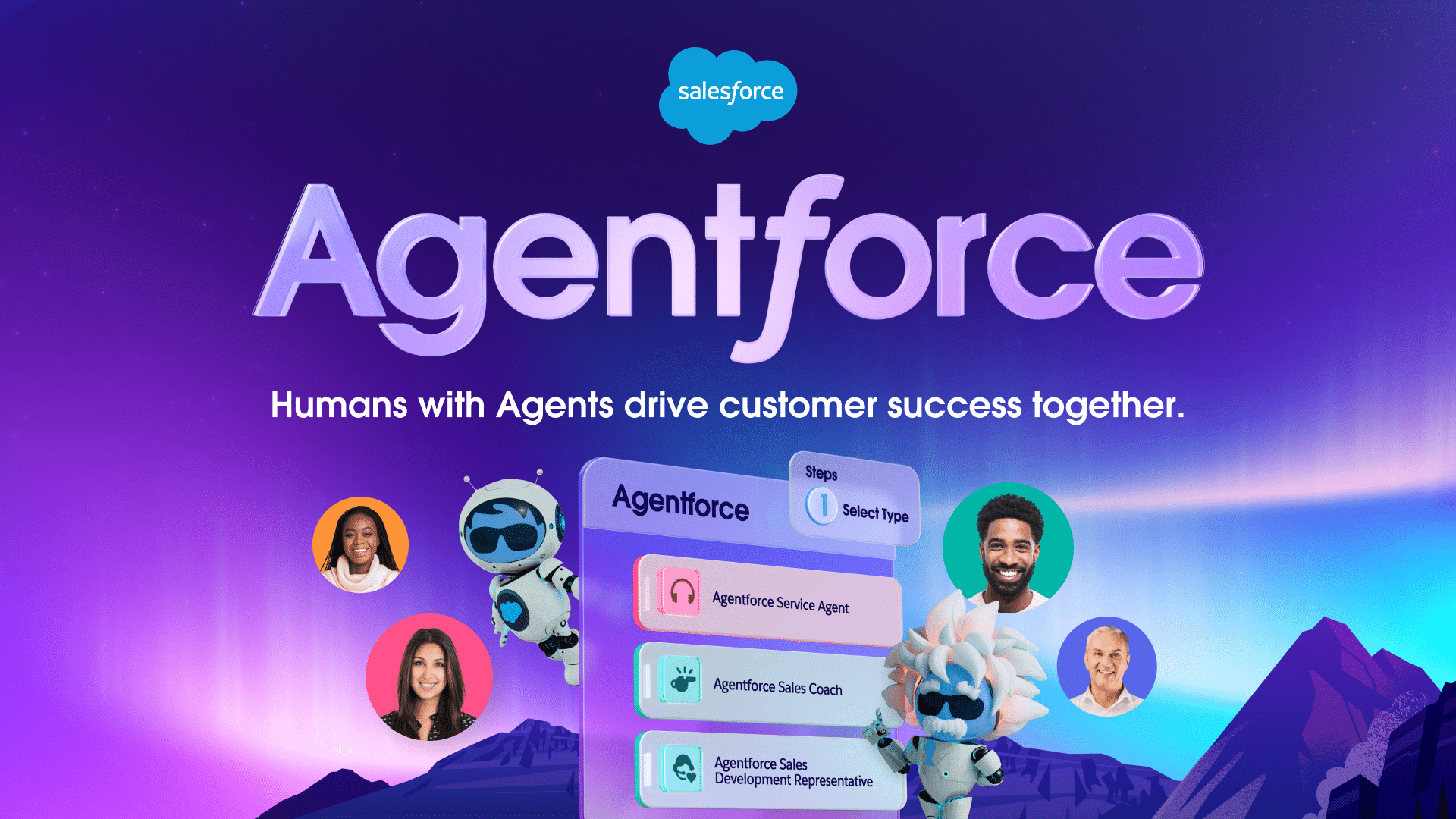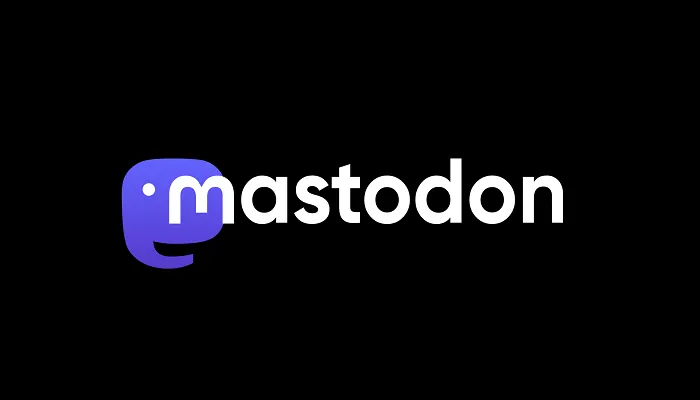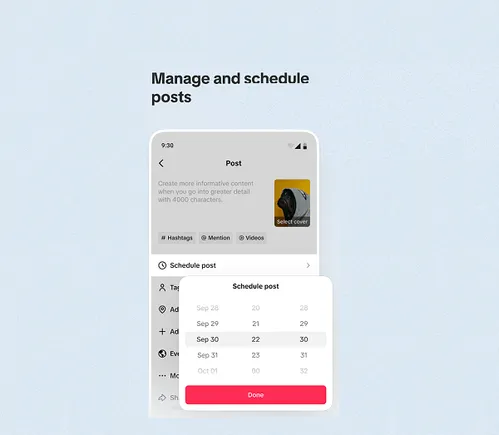Staving off workforce attrition requires, among other things, continuous learning and development for employees. Workers are looking for development on the job, and workplaces that prioritize enhancing team members’ knowledge enjoy 15% boosts in employee engagement. Below are strategies leaders need to know for sidestepping the Great Resignation onslaught through the power of education.
What’s one of the most common attributes shared by all high-performing employees? They’re eager to hone their talents and advance their chops. And when their employers don’t offer them chances for upskilling, they’re not hesitant about saying goodbye.
This may sound dire. It’s not. This is an opportunity for your company to keep your best people and attract more valuable workers like them. Research from the Society for Human Resource Management indicates that nearly half of all employees want to develop themselves on the job. That’s a strong incentive to put business development measures in place, especially when fewer than 4 in 10 organizations do, according to a recent American Staffing Association poll.
In other words, it’s time to differentiate your workplace culture. By putting a clear emphasis and priority on offering team members chances to enhance their knowledge, you can show current workers and potential employees that you’re putting their needs first. As a reward, you should see less attrition and, per Wharton’s research, a 15% boost in overall engagement, too.
Below are three strategies to offer learning to the most important resources and assets your company has: the people who bring your brand to life.
- Take mentorships seriously.
Mentoring has plenty of advantages for all stakeholders, including the potential for improved profitability, which is probably why 100% of Fortune 50 companies have formal mentorship programs. It’s not hard to see why mentoring is so powerful: Mentors can pass along valuable insights to their mentees, as well as help those mentees stay accountable for finishing tasks and reaching for big dreams. Mentorships also can be useful for long-term career pathing and succession planning.
Your organization doesn’t have to be large to launch a formal mentoring program, though. All you have to do is establish a system of linking mentors and mentees. Once these relationships have been assigned, the participants should be tasked with meeting regularly. The role of the mentor isn’t to be a manager, of course. It’s to act as an advisor, and maybe even an advocate. Mentees should feel free to openly ask their mentors questions and leverage their mentors’ experience to improve their own.Just make sure that you require check-ins and study the metrics of your corporate-sponsored mentoring. This will help you tweak your programming along the way and make sure it’s working for your business and your employees.
- Ask for and respond to feedback.
Do you have a strong feedback loop at your company that allows employees to request specific upskilling needs? If not, consider setting up a mechanism so workers can indicate knowledge gaps. For example, you might want to send out surveys regularly or host town halls to discuss areas for professional development.
Often, your employees will know what they need long before you do. This might be a better understanding of how to make the best use of a technological tool. Or it may be a “soft skill” like reducing unconscious bias that’s much-needed across different levels of your organization.You aren’t required to provide development for every subject that your employees make you aware of. However, you need to take all requests seriously and be responsive. After all, your workers have taken the time to alert you to their educational needs. The least you can do is consider ways to fulfill those needs.
- Present employees with à la carte learning choices.
Once you have a better understanding of the gaps in your organization, you can bridge those gaps by introducing employees to different training pathways. As Jennifer Dixson Hoff, president of the Real Estate Ecosystem at Colibri Group, writes, presenting a buffet of choices allows employees to take ownership of their professional development journeys.You don’t have to spend a fortune, notes Hoff. But you do have to make education easy to absorb by making it a consistent part of your workplace. She suggests setting up continuous learning opportunities like monthly roundtables featuring local experts or regular Zoom training sessions. Your employees can pick and choose which trainings to attend.
As a side note, follow more of Hoff’s advice and be present at some workshops yourself. When the boss keeps upskilling, workers tend to follow suit because they see that it’s important. Besides, it’s not a bad idea for you to keep your skills finely tuned for your own edification.
It costs so much money to find great people, onboard them, and get them up to speed. Why risk losing them prematurely? Put a premium on bumping up your company’s professional development resources and programs this year. You’ll fret less about the Great Resignation and feel more confident knowing that your team is one of the most thoroughly educated in your industry.
Have you read?
Best Business Schools In The World For 2022.
Best Fashion Schools In The World For 2022.
Best Hospitality And Hotel Management Schools In The World For 2022.
Best Medical Schools In The World For 2022.
The World’s Best Universities For Doctor of Business Administration (DBA), 2022.
Track Latest News Live on CEOWORLD magazine and get news updates from the United States and around the world.
The views expressed are those of the author and are not necessarily those of the CEOWORLD magazine.
Follow CEOWORLD magazine headlines on Google News, Twitter, and Facebook. For media queries, please contact:
info@ceoworld.biz









































































